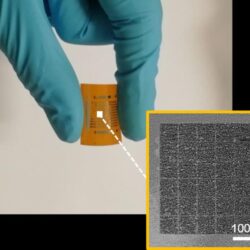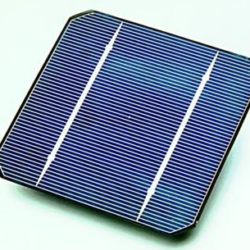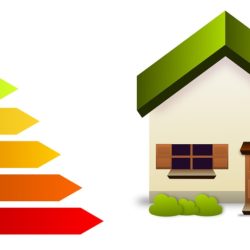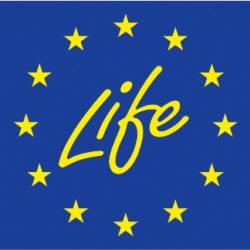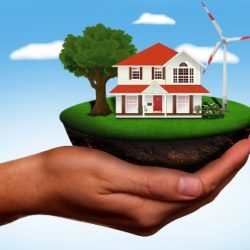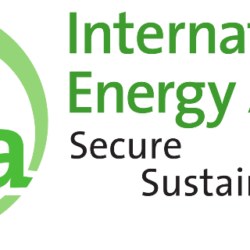Enhancing energy efficiency of artificial synapses
A joint research led by City University of Hong Kong (CityU) has built an ultralow-power consumption artificial visual system to mimic the human brain, which successfully performed data-intensive cognitive tasks. Their experiment results could provide a promising device system for the next generation of artificial intelligence (AI) applications. The research team is led by Professor Johnny Chung-yin Ho, Read more about Enhancing energy efficiency of artificial synapses[…]
